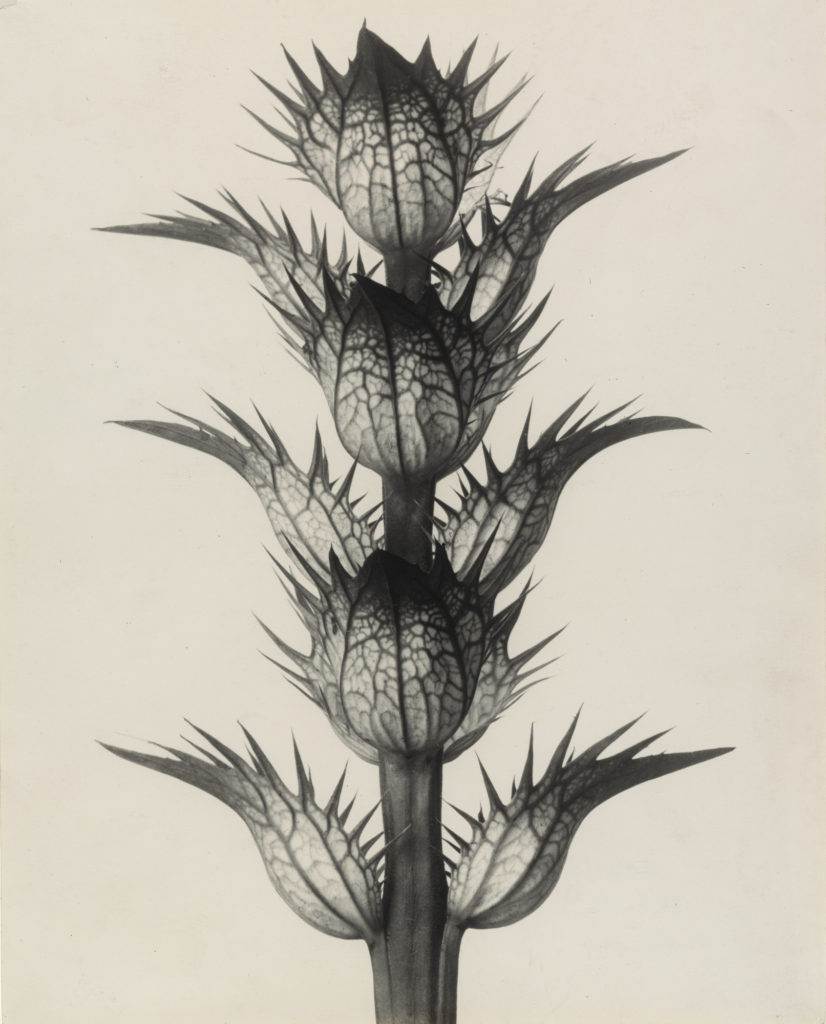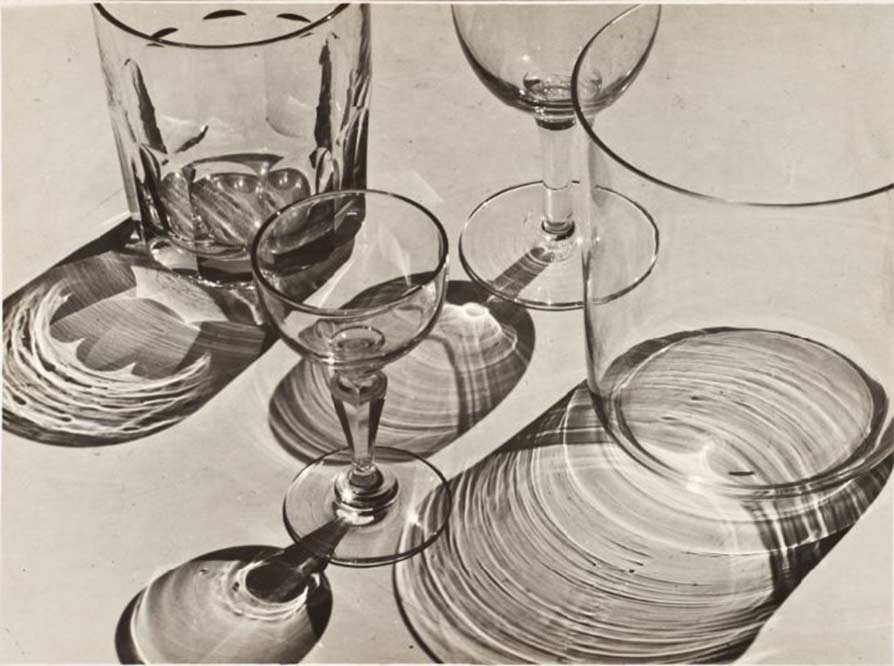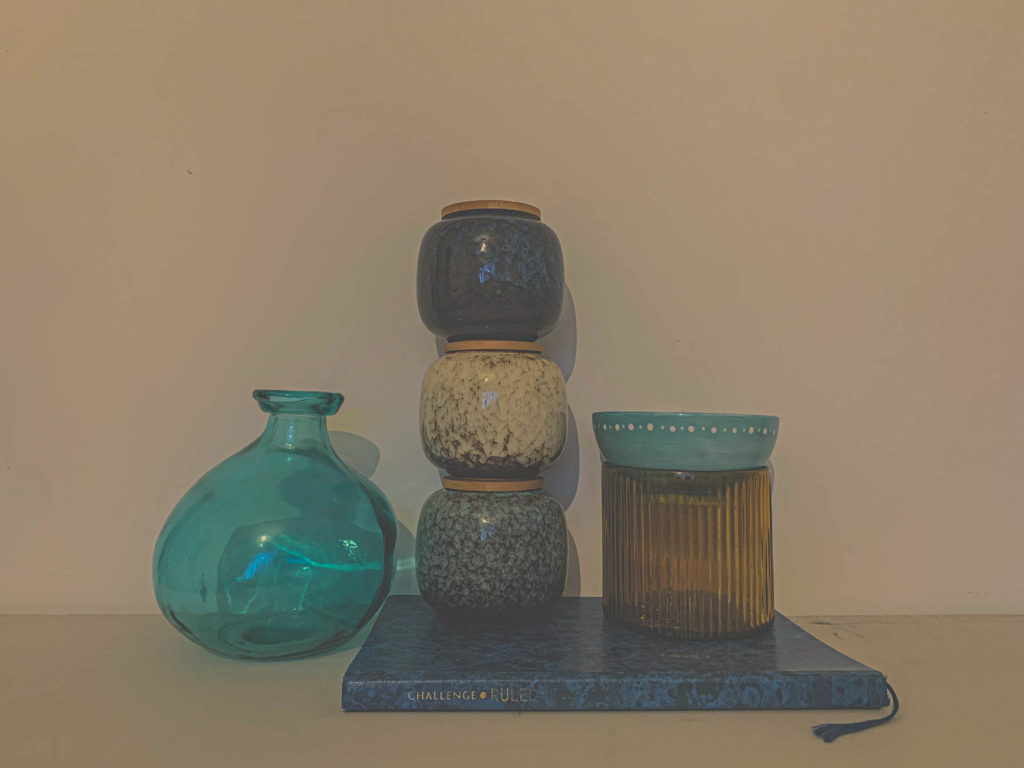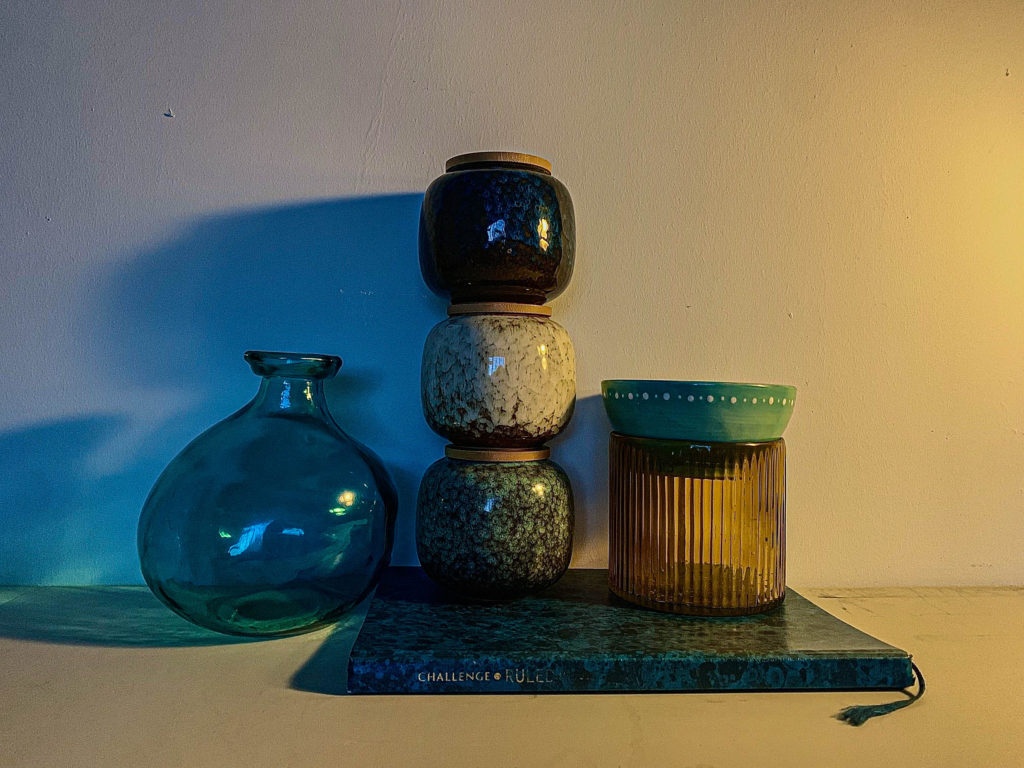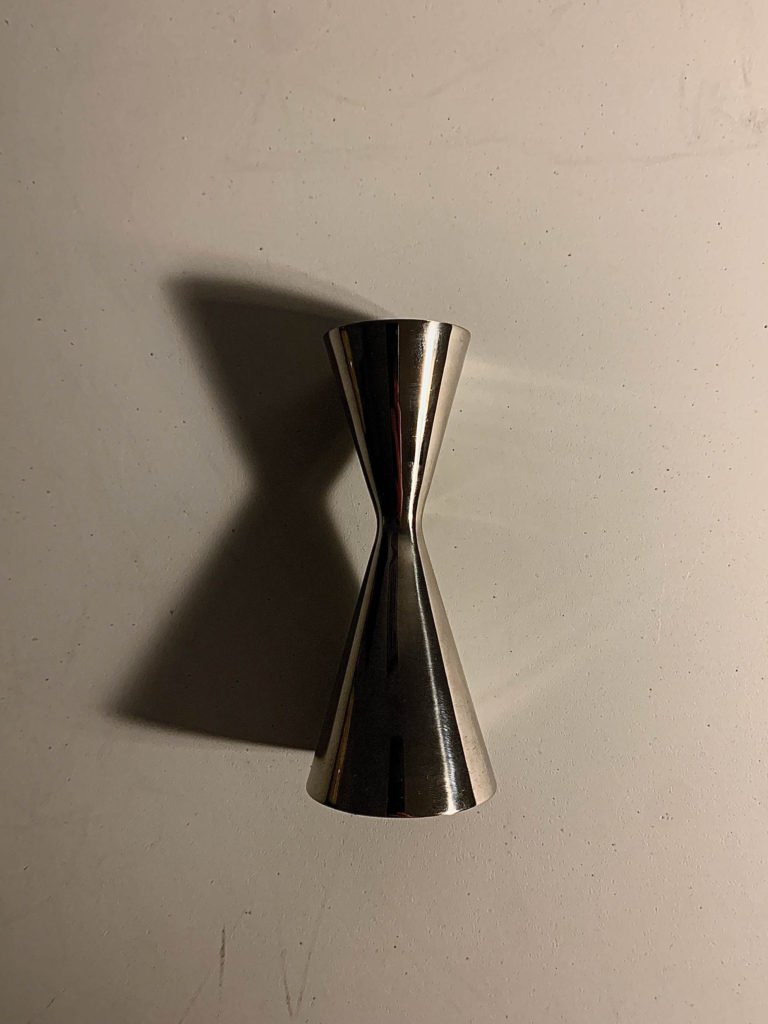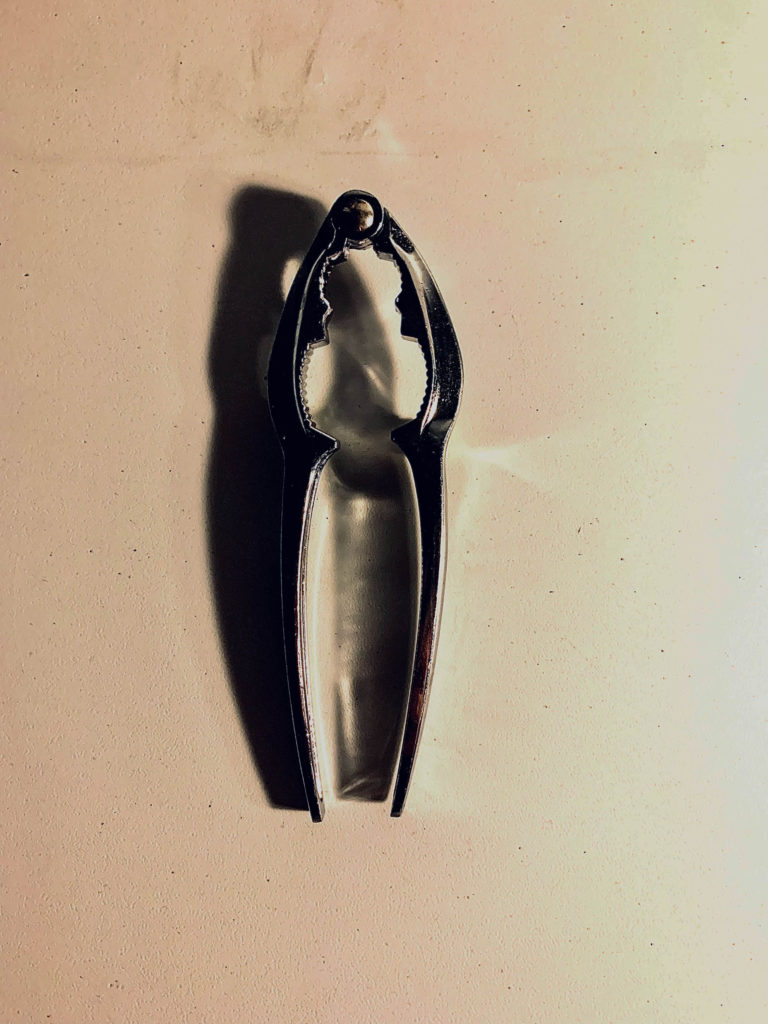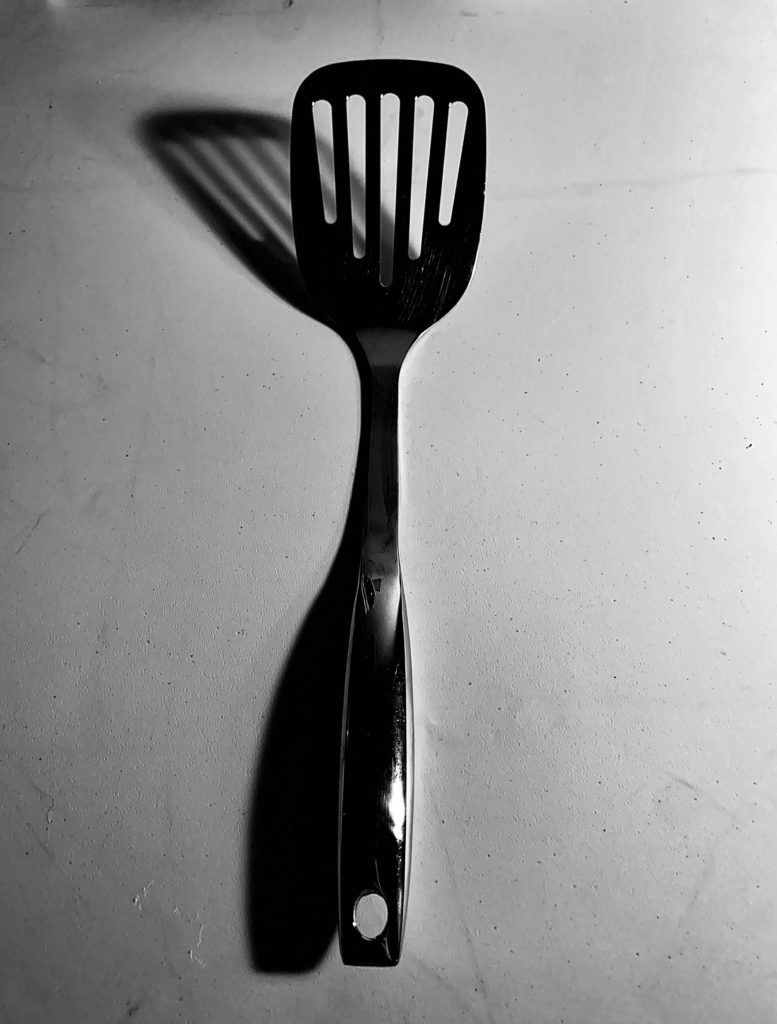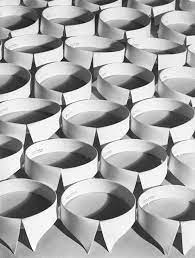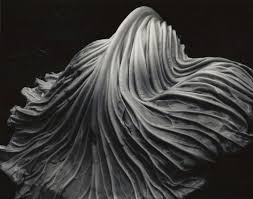What is shutter speed?
Shutter speed is the speed at which the shutter of the camera closes (the amount of light the camera takes in).
A fast shutter speed creates a shorter exposure. If less light reaches the sensor the image is darker, which creates a clear frozen action. When using a fast shutter speed, you can eliminate motion from fast moving objects, for example cars driving past on a busy road or dancers performing on stage.
A slow shutter speed gives the photographer a longer exposure; the more light that strikes the sensor results in a brighter image, creating a more blurred action. When you use a slow shutter speed you expose your sensor for a significant period of time (which can result in motion blur). If your shutter speed is long the moving subjects in your photo will appear blurred in the direction of motion. This is useful when photographers want to create energy and movement in their images.
Overall a quick shutter speed creates a frozen action, while long shutter speed creates an effect of motion when you photograph moving objects.
Shutter speeds are typically measured in fractions of a second.
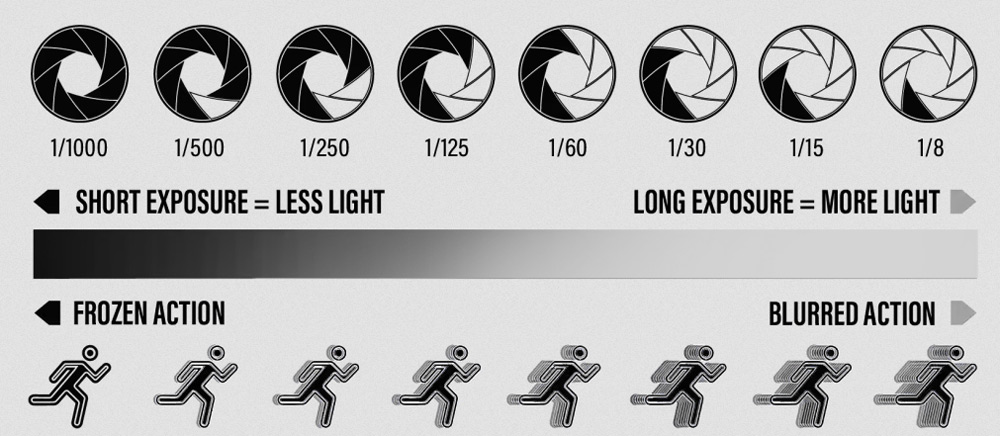
John Baldessari
John Baldessari was known as an American conceptual artist known for his pioneering use of appropriated imagery (reusing objects or images in their art). By blending photography, painting, and text, Baldessari’s work examines the plastic nature of artistic media while offering a commentary on our contemporary culture.
In 1973 John Baldessari attempted throwing 3 balls at once trying to line them up in midair (which took thirty-six attempts).








